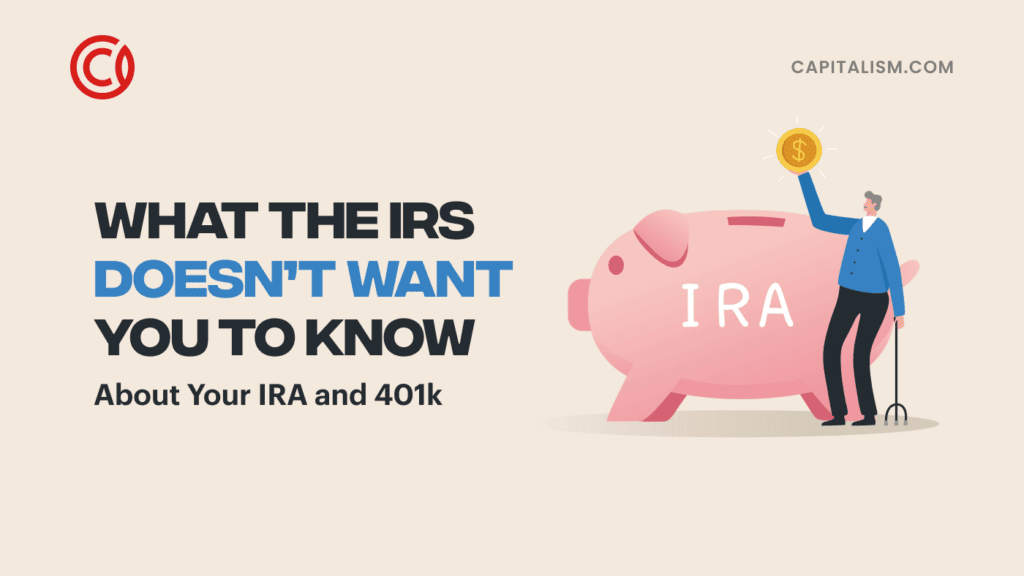One of the most baffling statistics plaguing economists these days is the falling Labor Force Participation Rate.
What’s baffling is not that it is falling, rather that the workforce can be contracting while the unemployment rate remains significantly low. As I am writing this, the unemployment rate sits at 4.9 percent and shows no signs of significantly increasing any time soon. Meanwhile, the labor force participation rate continues to decline rapidly. How is this so?
From 1946 to 1964, there was a massive boom in live births in the United States, which is widely known as the “baby boom” generation. During this time, the population grew an average of 1.71 percent every year. By the end of the period, the population had increased by 35.72 percent. Since then, the population has grown on average about 1 percent per year. Now, many tend to dismiss the workforce decline as attributable to retiring baby boomers. Given the fact that a significant number of these individuals born during the baby boom generation are now of retirement age, it only stands to reason that a significant number of people will be leaving the workforce. But does the data back up the assertion?
According to the Bureau of Labor Statistics (BLS), the LFPR increased from 60.4 percent in 1970 and peaked at 67.2 percent in 1998. As of 2015, the LFPR has dropped to 62.6 percent, representing a 4.8 percent decline since 1998. The majority of this dip had occurred since 2007 when the LFPR was 66 percent. To show just how profound the decline in the LFPR has been, 6.5 million fewer people were in the workforce in 2015 than in 2007.
Now, to determine whether or not this drop was due primarily to seniors retiring, we can compare these statistics to the increase in social security payments to retirees from 2007 to 2015. There were 31.5 million people receiving retirement benefits from social security in 2007 according to the Social Security Administration. Comparatively, roughly 39.1 million were receiving retirement benefits in 2015, a difference of 8.6 million. And when you factor in the number of individuals over 65 that are still working, you find 5.8 million fewer people in the labor force due to retirement. That means roughly 90 percent of the decline is due to retirees. Case closed, right?
Not so fast. The BLS compiles Labor Force statistics using the Current Population Survey (CPS). This survey is sent monthly to thousands of households and indexed to the change in overall population growth. According to the BLS, the labor force is the “sum of employed and unemployed persons.” They then compare this number to those eligible to be in the workforce – which the BLS describes as anyone 16 years and older with “no upper age limit” – and the result is the labor force participation rate.
Amongst those not included in the CPS data, however, are retired workers who are no longer working. So, while the labor force statistics don’t consider these individuals in their figures, they are still accounted for in the census data of those eligible for the workforce.
The only way to understand whether or not retiring baby boomers represent a significant reduction in the labor force participation rate is to remove the difference of retirees from the CPS findings and compare the results to the 2007 rate.
That said, in 2007, the total number of people eligible for employment in the U.S. was 233.2 million. In 2015, that number increased to 252.1 million, a difference of 18.9 million. Now, if you were to remove the 5.8 million retirees, you arrive at 246.3 million people eligible for the workforce. Since the total number of individuals in the labor force was 157.8 million in 2015, the LFPR would, therefore, be about 64.1 percent, a difference of 1.9 percent when compared to the 2007 rate. That means, after controlling for the reduction in retired workers, the labor force was still short about 3 million workers, or roughly half of the total that should have otherwise been in the workforce. And if we were to record these individuals in the unemployment rate, we would see the rate rise from 4.9% to 6.8%.
So if the increase in baby boomers retiring makes up roughly half of the decline in the labor force participation rate, what could be making it fall? There is a multitude of variables that could be causing the decline. First, we should note that a declining labor force participation rate is not inherently a bad thing. If fewer people in the workforce comes without any cost to our standard of living, then that means more individuals are enjoying a greater amount of leisure time, which is precisely what we work so hard to achieve.
But of the things to consider, naturally, we must point out the fact that many people have dropped out of the workforce and may not be currently looking for work. Although, the BLS data for discouraged workers shows that this demographic makes up a significantly small portion of those not counted in the labor force.
It’s worth noting, however, that many of these discouraged workers likely elected to go to college instead of seeking employment. And many households are choosing to get by with a single income, while one parent stays home with the children. As a matter of fact, of all the categories the BLS lists as “not in the labor force” it is very likely that many of them lost their jobs after the 2008 financial crises, and have decided not to go back into the workforce. One can only assume that their inability to find work in their respective fields is a likely reason.
Also, we have to consider the changing dynamic of the labor market and ability to earn an income from one’s home that exists today which may or may not have representation in labor force statistics. For example, many people are finding ways to earn an income online as opposed to traditional forms of employment. It isn't clear that the CPS accounts for this changing dynamic in their surveys and thus many who may otherwise qualify as employed may be considered “discouraged”. Additionally, more and more individuals are investing their money into the market and living off the dividends.
Still, more are investing in real estate and earning incomes from rental properties. While these individuals would technically count as unemployed and likely not seeking work, they certainly aren’t without an income, therefore might not have representation in the labor force. It’s unclear just how many additional people may fit this description than in 2007, but it’s likely a higher number.
So yes, retiring baby boomers do play a role in the reduction in the labor force participation rate, but not the prominent role that many often attribute to it. There is still quite a bit of the decline that is unexplained. And considering the fact that today, younger adults are living with their parents well into their mid to late 20’s and would-be retirees are electing to stay in the workforce in larger numbers, one can only assume that the drop in the labor force participation rate tells a story of economic distress and not one of enhanced leisure time.











